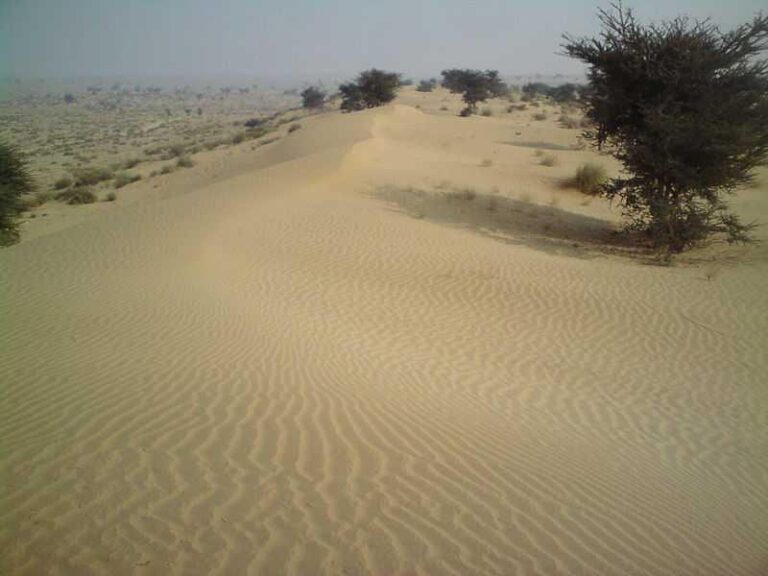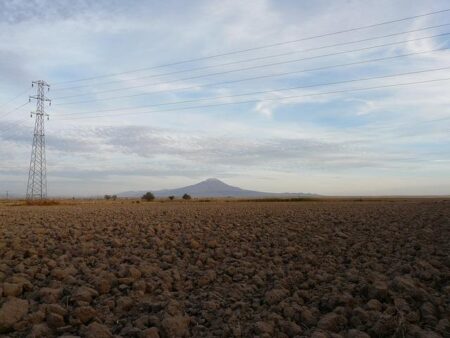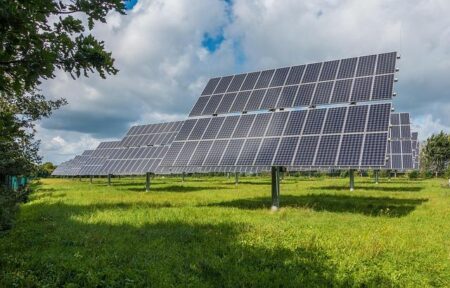In the heart of India’s scorching landscape lies the city of Phalodi, Rajasthan – officially recognized as the hottest place in the country. With temperatures soaring past 50 degrees Celsius (122 degrees Fahrenheit) during peak summer months, residents face relentless heatwaves that test the limits of human endurance and infrastructure. Yet, amid these extreme conditions, the community has developed resilient strategies to cope with the unyielding climate. This article explores how Phalodi endures one of the most severe heat environments on Earth, revealing a blend of traditional knowledge, modern innovation, and communal effort that enables life to persist where the mercury blazes like nowhere else.
Extreme Heatwaves Test Resilience of India’s Hottest Region
The relentless sun scorches the landscape, pushing temperatures to unprecedented heights. Communities in this region have adapted through generations of ingenuity, relying on traditional architecture with thick mud walls and narrow alleys that channel cooling breezes. Daily life is structured around the heat, with most activities scheduled in early mornings or late evenings. Additionally, local farmers employ ancient water conservation methods such as percolation tanks and rainwater harvesting to sustain crops during prolonged dry spells. Despite these efforts, the intensifying heatwaves pose significant challenges, threatening water supplies and public health infrastructures.
Government and NGOs have stepped up with innovative solutions to complement these time-tested practices. The introduction of solar-powered water pumps has improved irrigation efficiency, while community awareness programs emphasize hydration and heatstroke prevention. In an effort to systematically monitor climate trends, authorities have deployed a network of weather stations across the region, collecting real-time data to inform emergency response plans. Below is a snapshot of average temperature peaks and corresponding resilience strategies in recent years:
| Year | Peak Avg. Temperature (°C) | Major Resilience Measure |
|---|---|---|
| 2020 | 49.6 | Solar-Powered Irrigation |
| 2021 | 50.3 | Community Cooling Centers |
| 2022 | 50.8 | Enhanced Water Harvesting |
| 2023 | 51.2 | Early Warning Systems |
Innovative Cooling Solutions and Traditional Practices Keep Communities Safe
In the relentless heat of India’s hottest regions, innovation meets heritage as communities leverage a blend of modern cooling technologies and time-tested traditional methods to endure extreme temperatures. Solar-powered air coolers and reflective roofing materials are now common sights, reducing indoor temperatures significantly while consuming minimal electricity. These advances complement age-old techniques such as mud-plastered walls that naturally regulate heat and courtyard-based ventilation systems that maximize airflow. Together, these solutions form an adaptive framework that not only saves lives but also curbs energy consumption.
Local leaders and engineers collaborate closely, tailoring solutions to fit the unique environmental and social landscape of each village or town. Community education campaigns emphasize simple, cost-effective practices like wearing breathable fabrics, utilizing shaded public spaces during peak hours, and increasing hydration awareness. The following table highlights some key strategies and their impact on heat mitigation:
| Solution | Type | Primary Benefit |
|---|---|---|
| Solar-Powered Coolers | Innovation | Energy-efficient cooling |
| Mud Walls | Traditional | Natural insulation |
| Courtyard Ventilation | Traditional | Improved airflow |
| Reflective Roof Coatings | Innovation | Reduced heat absorption |
| Public Shade Areas | Community Practice | Protection during peak heat |
Experts Advocate for Sustainable Infrastructure to Combat Rising Temperatures
With temperatures soaring beyond 50°C in the region, climate experts emphasize the urgent need for sustainable infrastructure as a frontline defense against extreme heat. Traditional urban layouts and construction materials exacerbate the heat island effect, leading to unbearable living conditions. Specialists suggest integrating green roofs, reflective surfaces, and shaded public spaces to lower ambient temperatures and enhance community well-being. These solutions not only reduce heat absorption but also improve air quality, addressing multiple environmental challenges simultaneously.
Key strategies recommended include:
- Planting drought-resistant trees and expanding urban green cover
- Implementing water-efficient cooling technologies
- Adopting heat-resilient building codes and materials
| Strategy | Expected Outcome | Implementation Timeline |
|---|---|---|
| Green Roofs | Reduce surface temperatures by up to 10°C | 2-4 years |
| Reflective Paint | Increase building energy efficiency | 1-2 years |
| Urban Tree Planting | Improved air quality and shade | 3-5 years |
In Retrospect
As temperatures continue to rise and climate challenges intensify, the resilience of India’s hottest regions offers both caution and inspiration. Through a combination of traditional knowledge, community adaptation, and innovative solutions, these areas are forging paths to survive-and even thrive-in conditions once thought unbearable. The story of how the hottest place in India endures is a testament to human determination in the face of environmental extremes, underscoring the urgent need for sustainable strategies worldwide.




